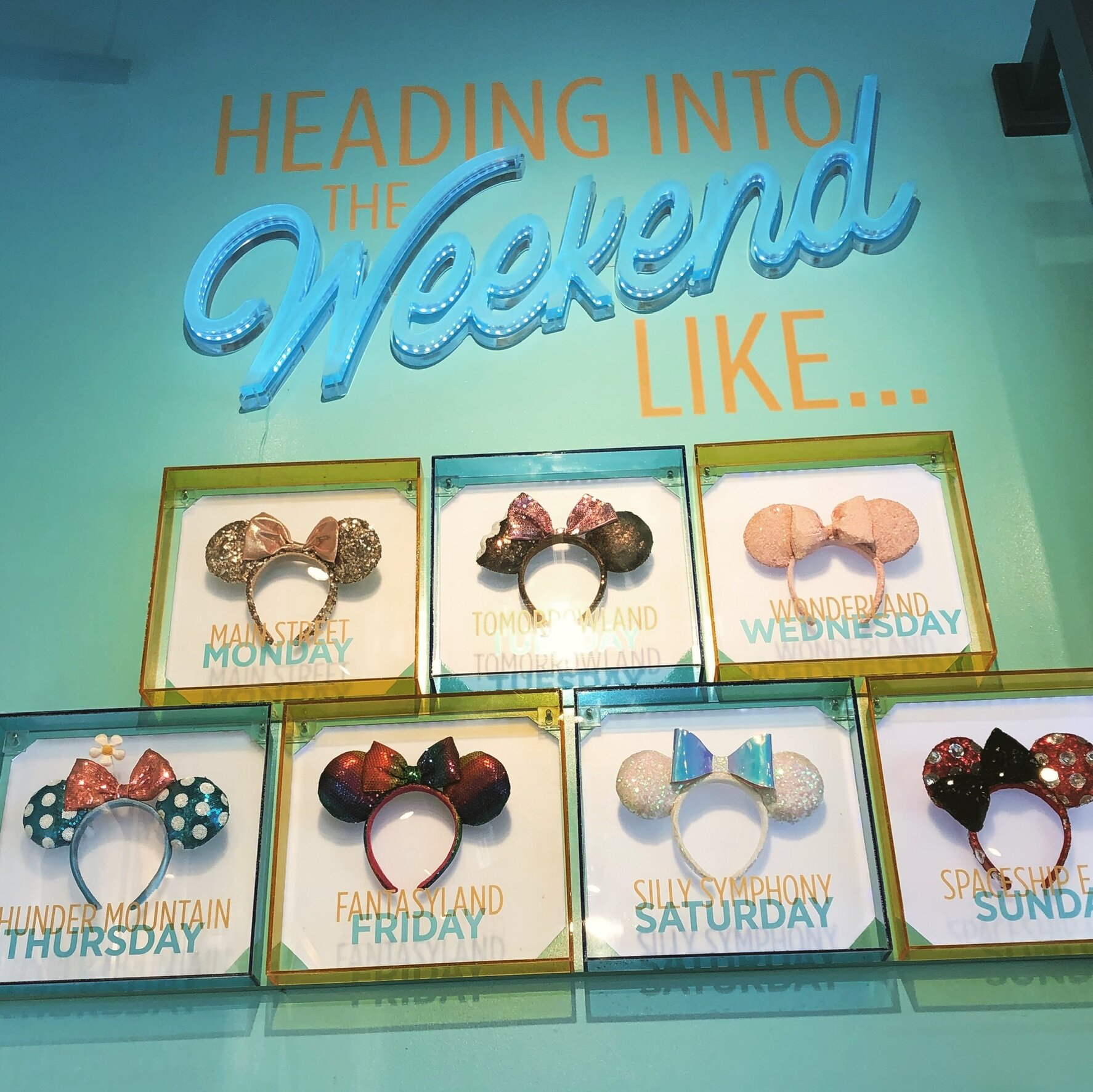The vice provost of our university’s digital learning program, Dr. Thomas Cavanagh, wrote on Twitter that one of the lessons he has learned recently from this national experiment in remote teaching is that it is impossible to over-communicate.
I’m reminded of this lesson daily about communication. Effective communication is imperative even though we are physically distant from one another as we move our work to a virtual/remote format. The world has changed so much since the last time I wrote a blog entry. It feels like 327 years ago…but it was only about a month ago on March 1, 2020 when I was writing about bulletin boards.
A global pandemic has changed all of our lives. For me, I’m healthy and safe at home with my family. Yay! I am extremely grateful. The quarantine has been going well. I get to work from home teaching adults who are working on their undergraduate and graduate degrees in Child Development and Early Education. COVID-19 has changed how I interact and teach my students. I’m lucky to have the support and resources of my university to teach online.
In addition to the physical space, another thing that has changed for me is my work attire. I’ve added a new accessory to my work-from-home wardrobe. Virtual classroom teaching and virtual office hours attire for me now includes mouse ears. Yup, that’s me….
Marisa Macy
I love my students and I love Disney so I’ve tried to stay positive by signaling happiness with the way I dress for virtual teaching. Luckily I have several sets of ears between my Disney wardrobe and my family’s wardrobe that they have agreed to share with me. Thank you, fam! Here’s a picture I took a while back at a store in Disney Springs where I shop for mouse ears. I am looking forward to the day I can go back there and shop.
Another lesson that I’ve learned during this move to a virtual/remote format is how valuable it is to connect with people. Some ways I’ve been staying connected with others is through electronic communication, video conferencing, and phone calls. I haven’t talked this much on the phone since I was a teenager.
This global pandemic has been challenging for everyone. For my college students it has been rough on them in many ways. Students may not have the equipment and/or resources at home to fully function in an online capacity. Many students have had their final field experience disrupted and moved to a virtual/remote format. Several of my students did not even get a chance to say goodbye to the children they had been working with all semester which has been heartbreaking for them. Graduation celebrations have been postponed or canceled. I feel terrible that students may not get to experience the joy of walking across the stage at graduation and shaking our Dean’s hand at commencement. I’m so sorry for these and other things that are being missed out on as a result of the quarantine.
With so many things that have changed as a result of moving to remote/virtual format, we may find ourselves using time differently. Quarantine time may be an opportunity to add some professional activities that were hard to find time for before the global pandemic. I created this list with the help of my spring 2020 practicum students (thank you CB, JC, NF, EK, EP, KT, and JV … you guys have been such a pleasure getting to know better this semester!).
Here are things to consider if you are looking for ways to experience gratitude, learn, and grow during COVID-19.
1. Make a smile file. A recipe box with index cards are where I add things that happen I want to remember that make me happy. Here is an example of something that happened to me that is on an index card in my Smile File. What would you add to your file?
2. Create a parent newsletter.
3. Develop or revise program/agency handbook.
4. Find ways to communicate with children and/or parents using other modalities. Learn or work on proficiency in other languages to include sign language.
5. Create a resource list or binder.
6. Work on curriculum or curricular enhancements.
7. Attend virtual meetings, workshops, and/or trainings.
8. Write reflection paper. Storyboard your ideas and experiences.
9. Make a virtual bulletin board or design your future spaces.
10. Watch video clips on skills like positive behavior supports and other topics that enrich professional development.
11. Communicate with parents. Share tips and/or activities they can do with their child during quarantine.
12. Collaborate with related specialists (e.g., speech language pathologist, therapists, other), if applicable.
13. Set up a time to check in with others on a regular basis.
14. Participate in webinars that pertain to Early Education. I’ll be doing one on authentic assessment in May for Brookes Publishing. Stay tuned….
15. Make a parent letter/video/song/other of what parents can do at home with their children while they are away from school.
16. Look up different ideas and hands on activities to do with children. Here is an example of an art activity I love to do with my daughter.
17. Research and make program brochure.
18. Learn and use tools to implement developmental activities.
19. Create developmentally appropriate resources for parents to use during the COVID-19 quarantine.
This historical time in our lives is an opportunity for us to grow together. Right before the quarantine, I interviewed Mr. Bill Isler for the Buttercup iTunes show. Mr. Isler ran the Fred Rogers Productions Company and contributed and appears in the Tom Hanks movie about Mr. Rogers entitled, “A Beautiful Day in the Neighborhood” (2019).
Mr. Bill Isler
Mr. Isler shared some wonderful stories about his time with Mr. Rogers. One thing Mr. Rogers encouraged children to do is talk about their feelings and look for the helpers. Children and adults could all benefit by remembering kindness during these times and look for ways to not only survive but thrive during this difficult time. We will get through this together. Stay safe, stay connected, and look for the helpers, and/or become a helper. Wishing you good health!
See ya real soon. Charge on!













